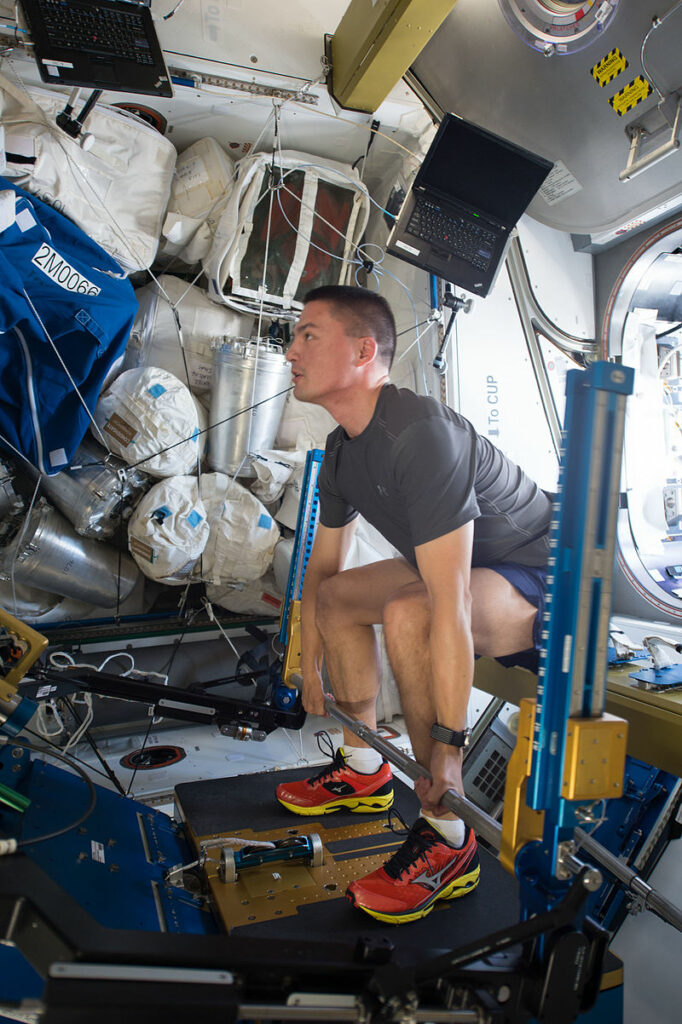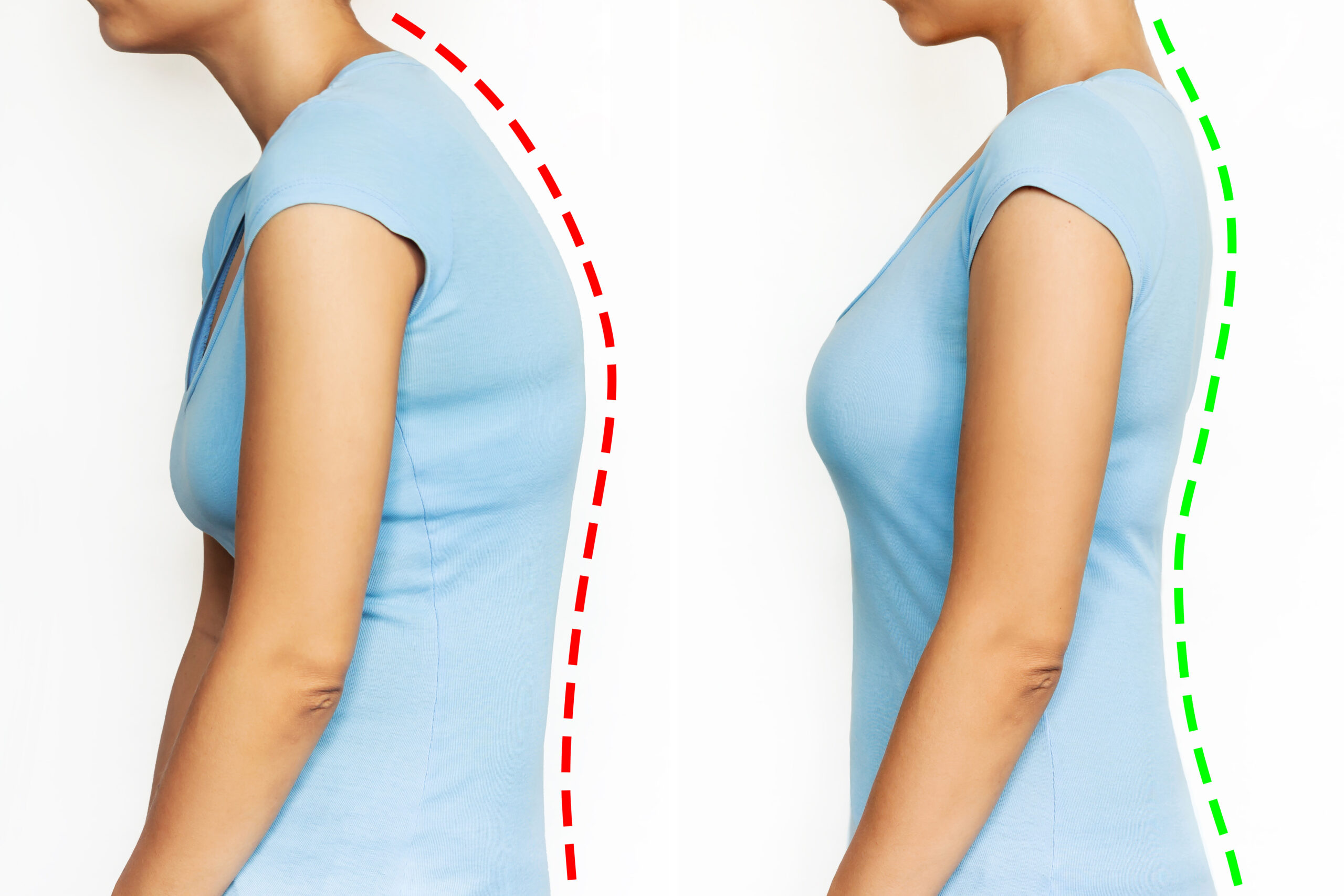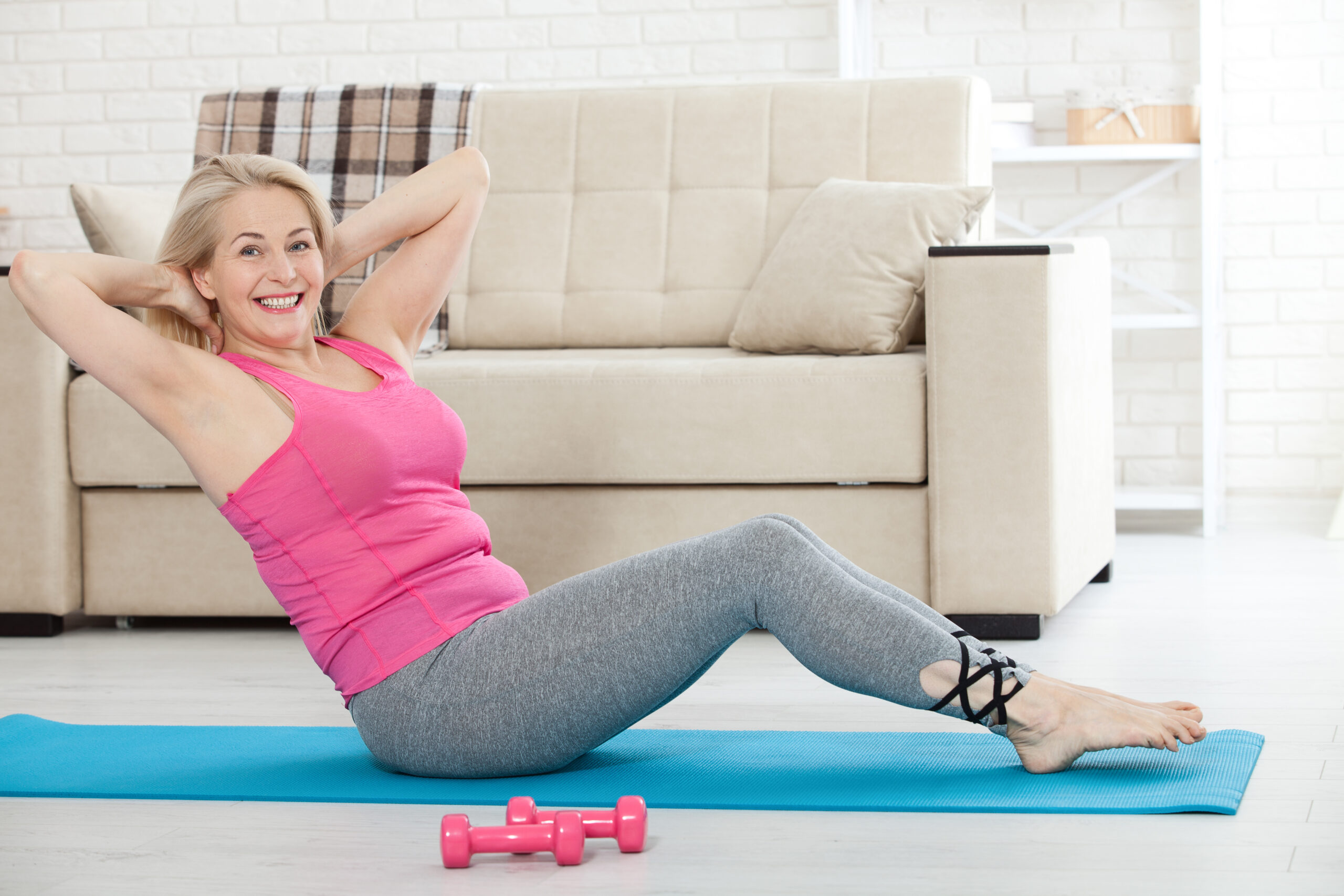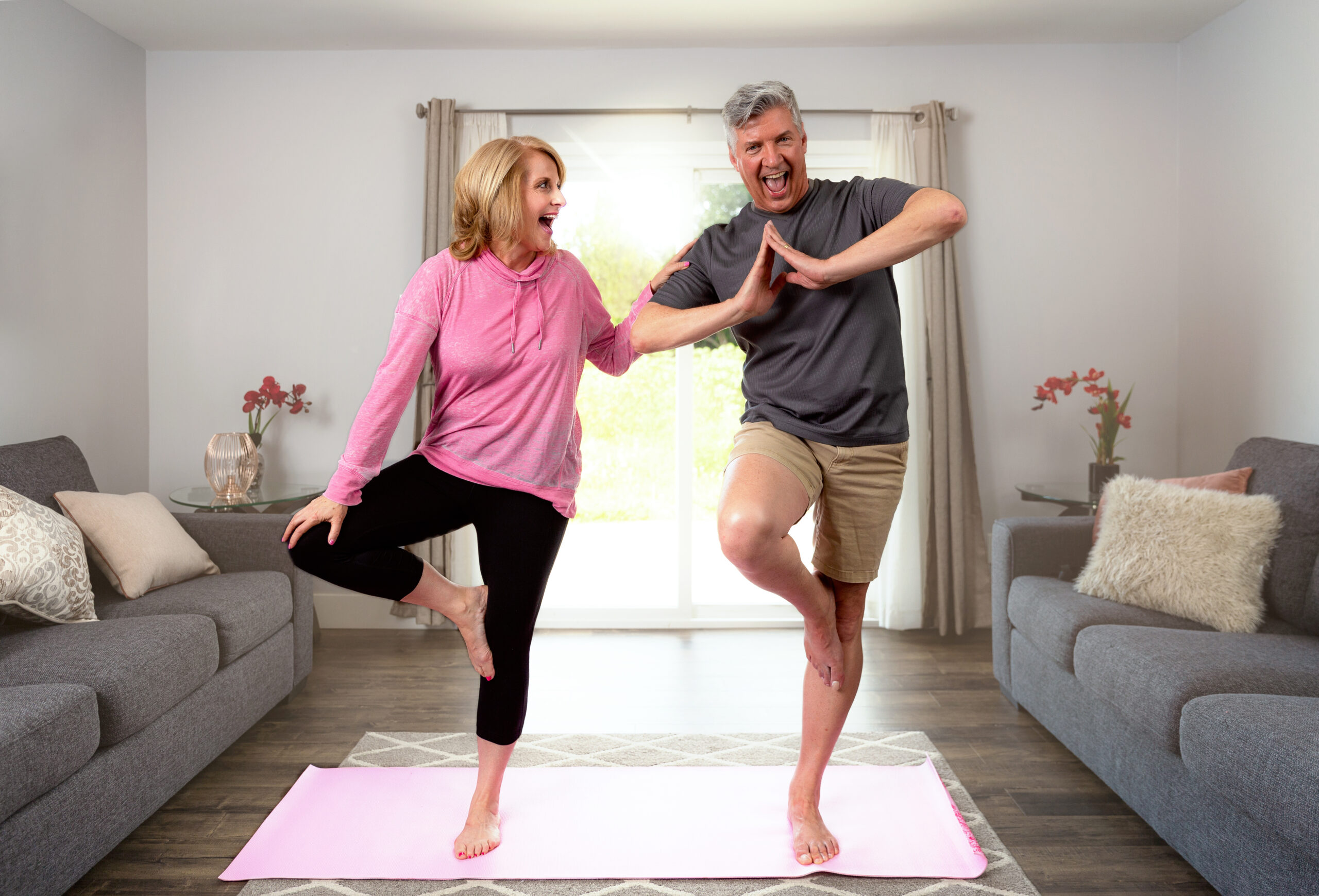NASA and other space programs around the world have contributed so much to science. Of course, discoveries about the universe and Earth are part of it, but there’s much more to the story. In the pursuit of space discovery, NASA has had to overcome many distinct challenges. Solving these problems has led to a number of inventions that we now use all the time on Earth, including:
- Memory foam
- Cochlear implants
- Scratch-resistant glasses
- Insulin pumps
- Water filters
We’ve learned a lot from astronauts and their colleagues, especially about human health. One area of study that has been particularly interesting is bone density. That’s right! A lot of what we know about bone density and strong bones comes from NASA. Here’s what you need to know.
What Happens to Bones in Space
One of the most severe side effects of being in space is rapid bone density loss. In fact, healthy, young astronauts can develop spaceflight osteopenia. While osteopenia is relatively common, it was surprising just how quickly astronauts lost bone density.
Every month they spent in space caused bone density loss of between one and two percent. Astronauts who spent six months on the International Space Station lost about 10 percent of their bone density. It took as many as four years for them to recover their bone density.
Why Do Astronauts Lose Bone Density in Space?
Without gravity working against them, astronauts use less muscle in space than they do throughout daily life on Earth. As we’ve discussed here before, weight-bearing exercise is any movement that requires your body to work against gravity. In space, there’s no gravity, so there’s no weight-bearing exercise.
Building muscles builds strong bones. Weight-bearing exercise puts the right kind of stress on bones to make them stronger. What NASA and other space agencies discovered here is that if you don’t use it, you lose it when it comes to bone and muscle.
How Do Astronauts Work Out While in Space to Keep Strong Bones?

To combat this bone and muscle loss in astronauts, scientists created the Advanced Resistance Exercise Device (ARED) system. The ARED uses advanced technology to mimic the effects of gravity and weight-bearing exercises. Astronauts use the device for 90 minutes each day and also spend 30 minutes per day on the exercise bike or treadmill.
Luckily, we here on Earth do not need to go through all of this to maintain and improve bone health. Even 30 minutes per day of exercise can help. If you’re looking for a bone-safe way to exercise, check out the Bone Builder System. You don’t need a high-tech machine like the astronauts. In the Bone Builder System, you use the same concepts to build your bones right here on the ground.




